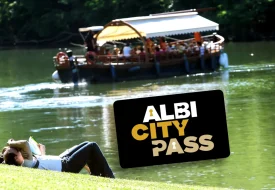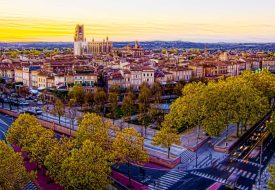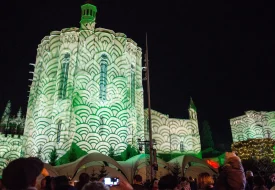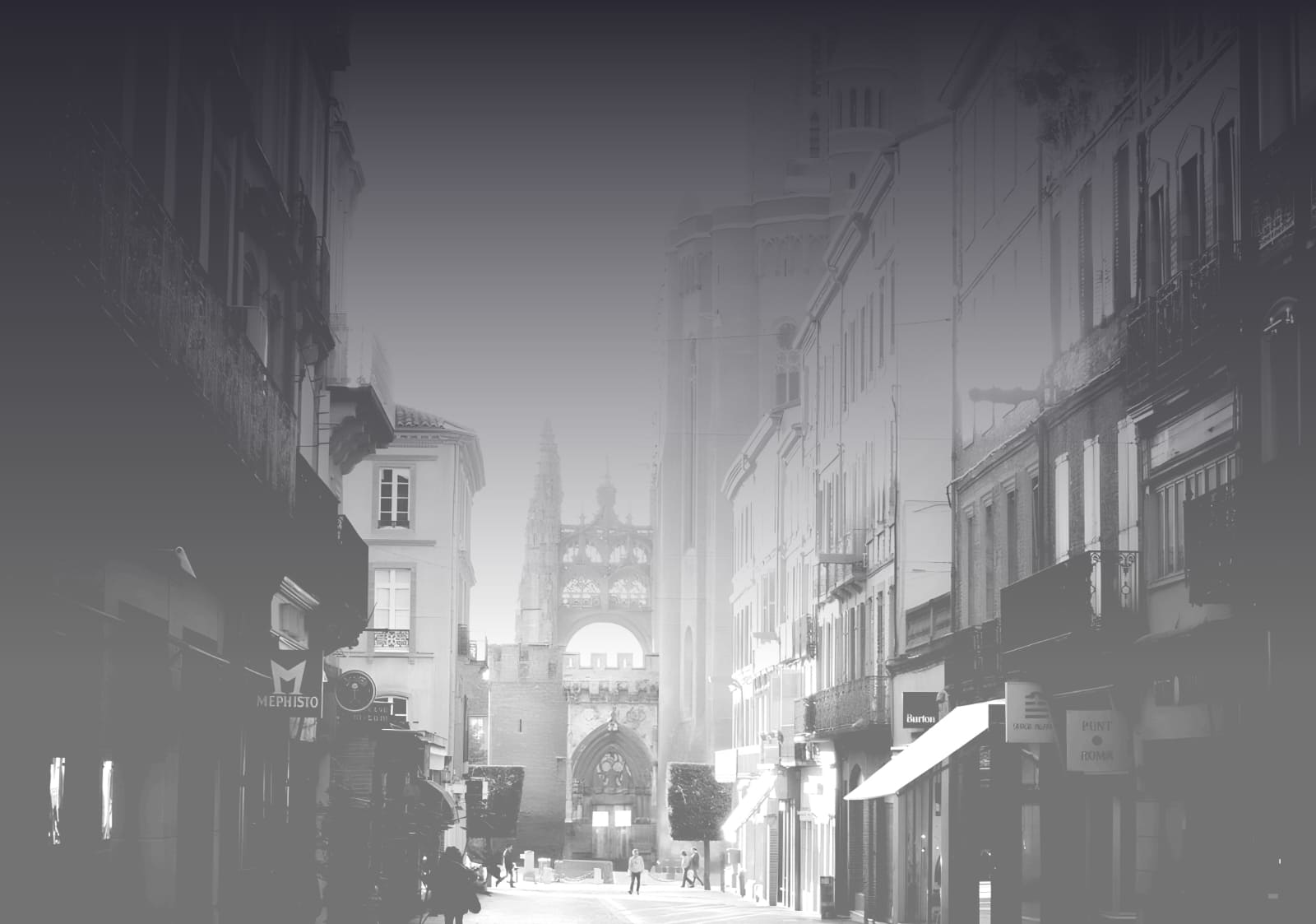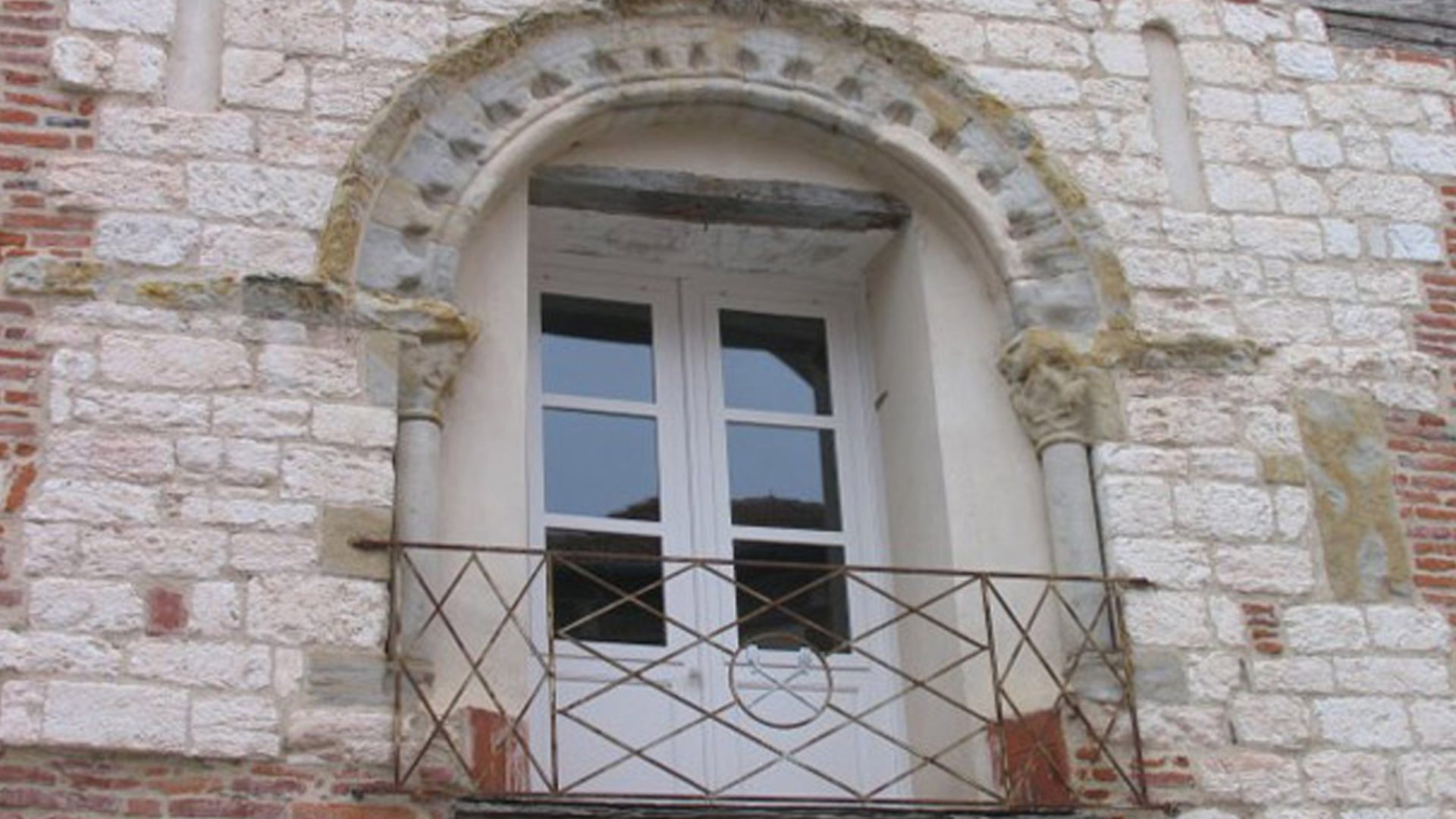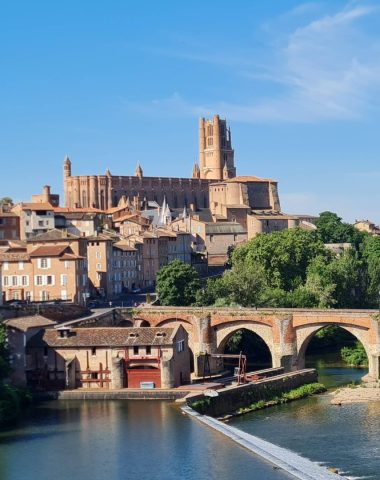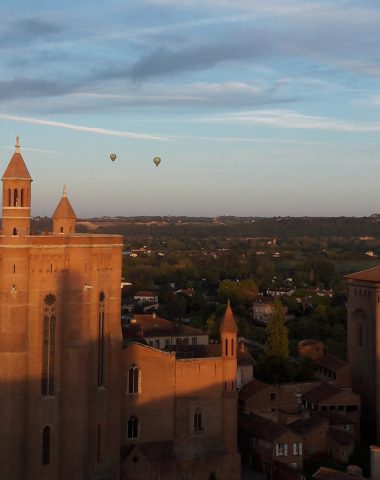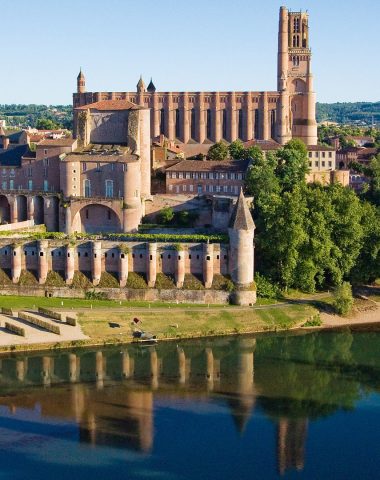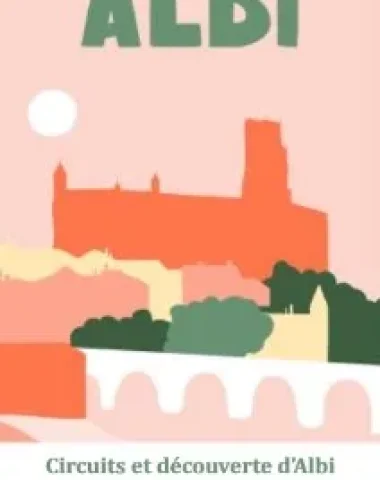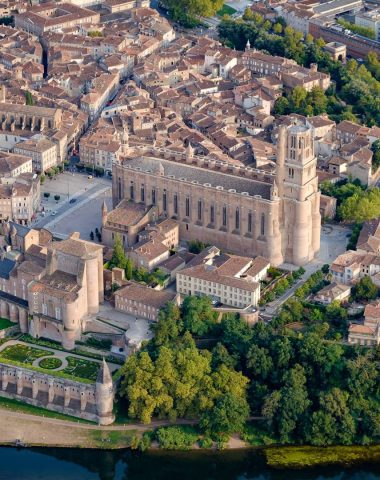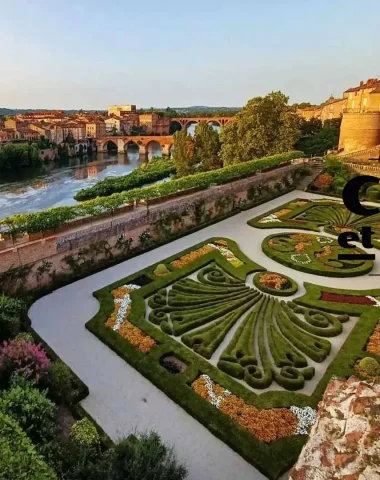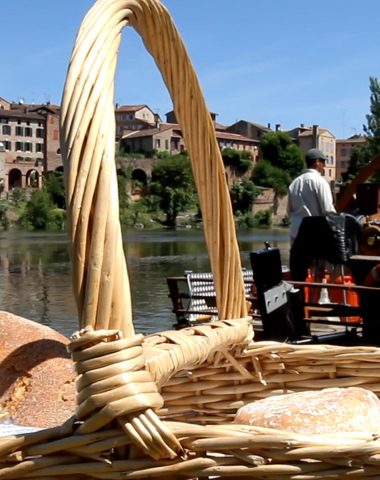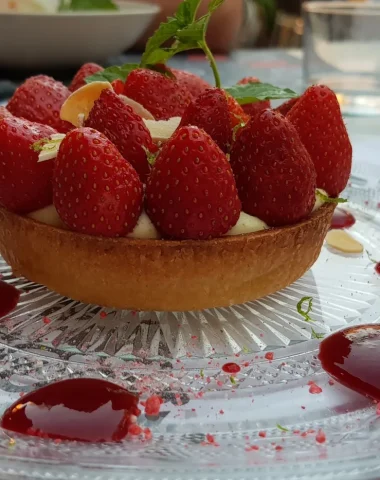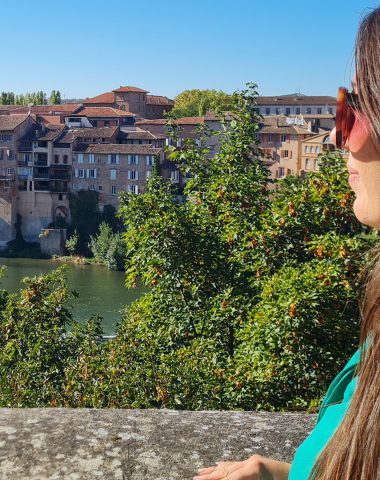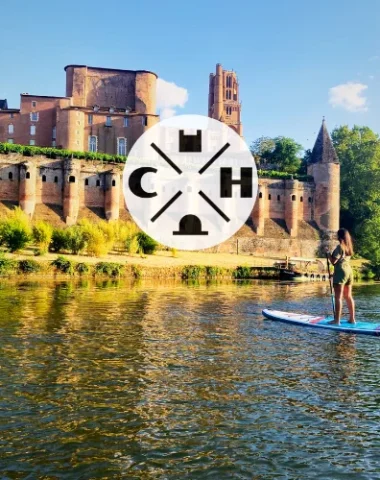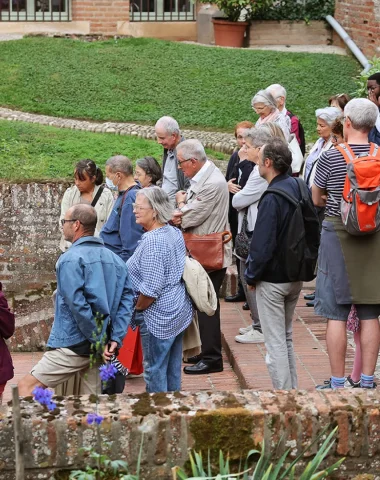The Fenasse house is one of the two oldest civil Romanesque buildings in the Tarn with the Adelaide pavilion located in Burlats, near Castres.
Where to find Maison Fenasse?
La Maison Fenasse, located between the covered market and the Lycée Lapérouse clearly marks the corner between rue Saint-Etienne and rue des Foissants. The rue Saint-Etienne connected the rue de la Grand Côte where trade was easily done towards the Bridge-old from Albi (Main axis of entry into the city.) This house would have been built in the XNUMXth century and would have belonged, in the second half of the XNUMXth century, to a wealthy banker / loan shark of the time: Guillaume Fenasse. Currently, it is a private house occupied by a stea room in the lower part.
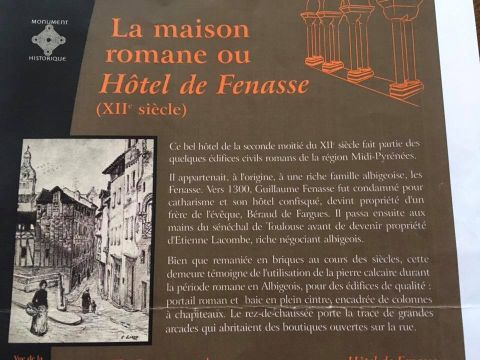
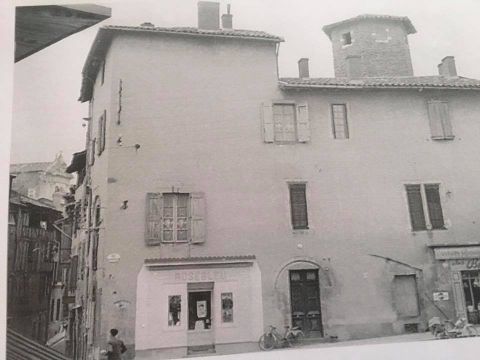
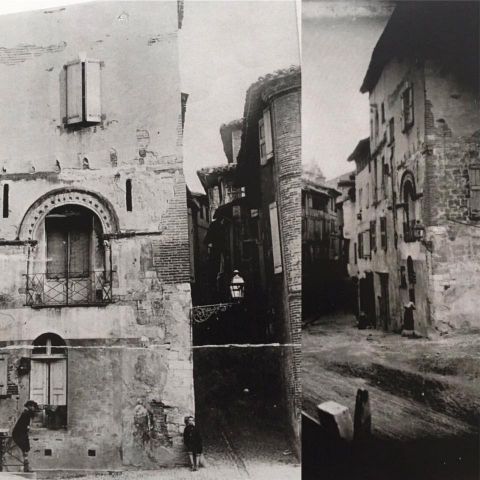
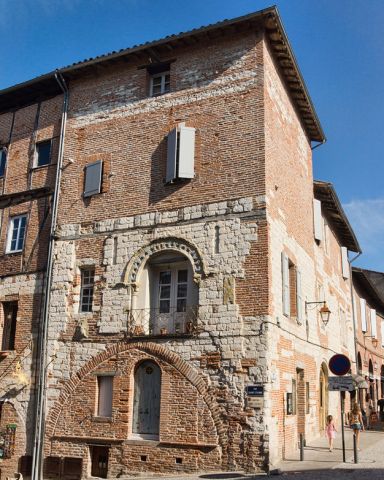
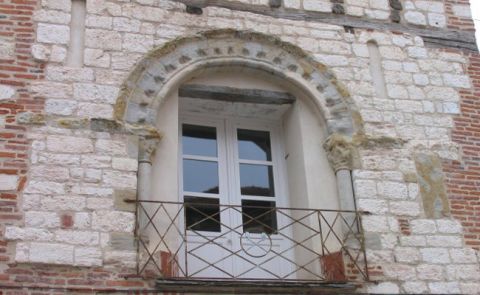
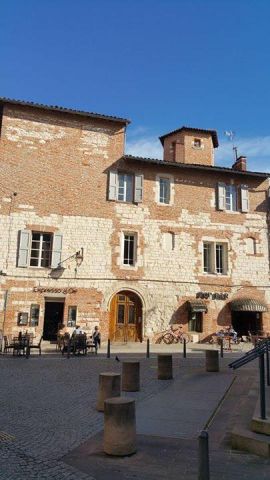
The Fenasse house or “the Romanesque house of Albi”: a bit of history
La Romanesque house or hotel in Fenasse is an example of the beautiful residences of the district of Combes and banks of the Tarn. It dates from the XNUMXth century. It is one of the few civil buildings of the Romanesque period for Occitania. There are only two in the Tarn with the Azalaïs pavilion in Burlats.
This residence presents a monumental character in the guise of a vast bourgeois residence which occupies three plots of the current cadastral plan. We note on the most important facade rue Saint-Étienne two large arcades, one in brick and the other in stone today partially walled. These two arches were probably both made of stone in medieval times and opened onto a shop or workshop overlooking the rue Saint-Étienne, which was then an important commercial artery. Upstairs, the Romanesque bay belonged to a series of bays that lit the main living room. The care given to the decor of this part of the building reflects a certain desire to magnify the power and wealth of the owner.
Most of the houses in this district, whether in stone like the Romanesque house or half-timbered, show a certain opulence, because they stood on essential axes of the city such as the rue de la Grand' Côte or rue Saint-Étienne.
These streets located at the end of the Old Bridge, the only access to the right bank of the Tarn, served the shopping center of the city, leading to the covered areas of the old Place de la Pile, to Sainte-Cécile and Saint-Salvi.
The palace belonged to the Fenasse family, around 1300 Guilhem Fenasse was the richest financier and loan shark in Albi. The Inquisition condemned him for heresy and confiscated his residence which belongs to the brother of the bishop of Albi Béraud de Fargues, nephew of Pope Clement V!
Many of the houses around were destroyed, in particular because of the opening of rue Emile Grand, which connects the boulevards to the covered market. This work took place around 1902. Some texts report the existence of an adjoining house or houses of the same prestige at this location.
What currently characterizes it is its construction material: white stone, widely used during the first centuries in Albi and until the XNUMXth century. Subsequently, the construction was modified and raised in brick, materials adopted from the crisis of Catharism (witness the construction of the Cathedral and the Bishops' Palace – the largest set in the world made of brick). Moreover, the Romanesque openings are in stone, while the Gothic alterations on the ground floor are in brick.
Themes



